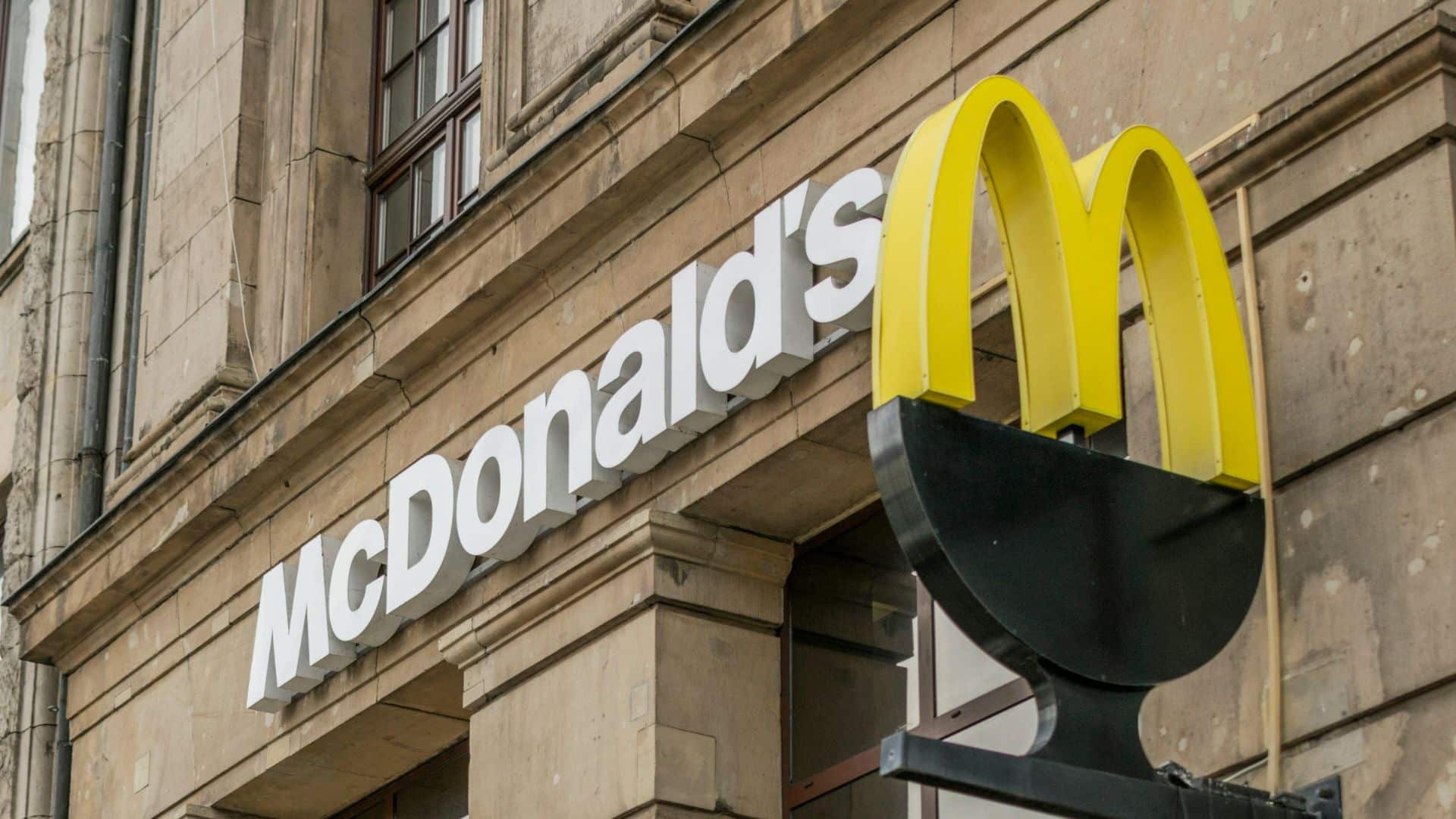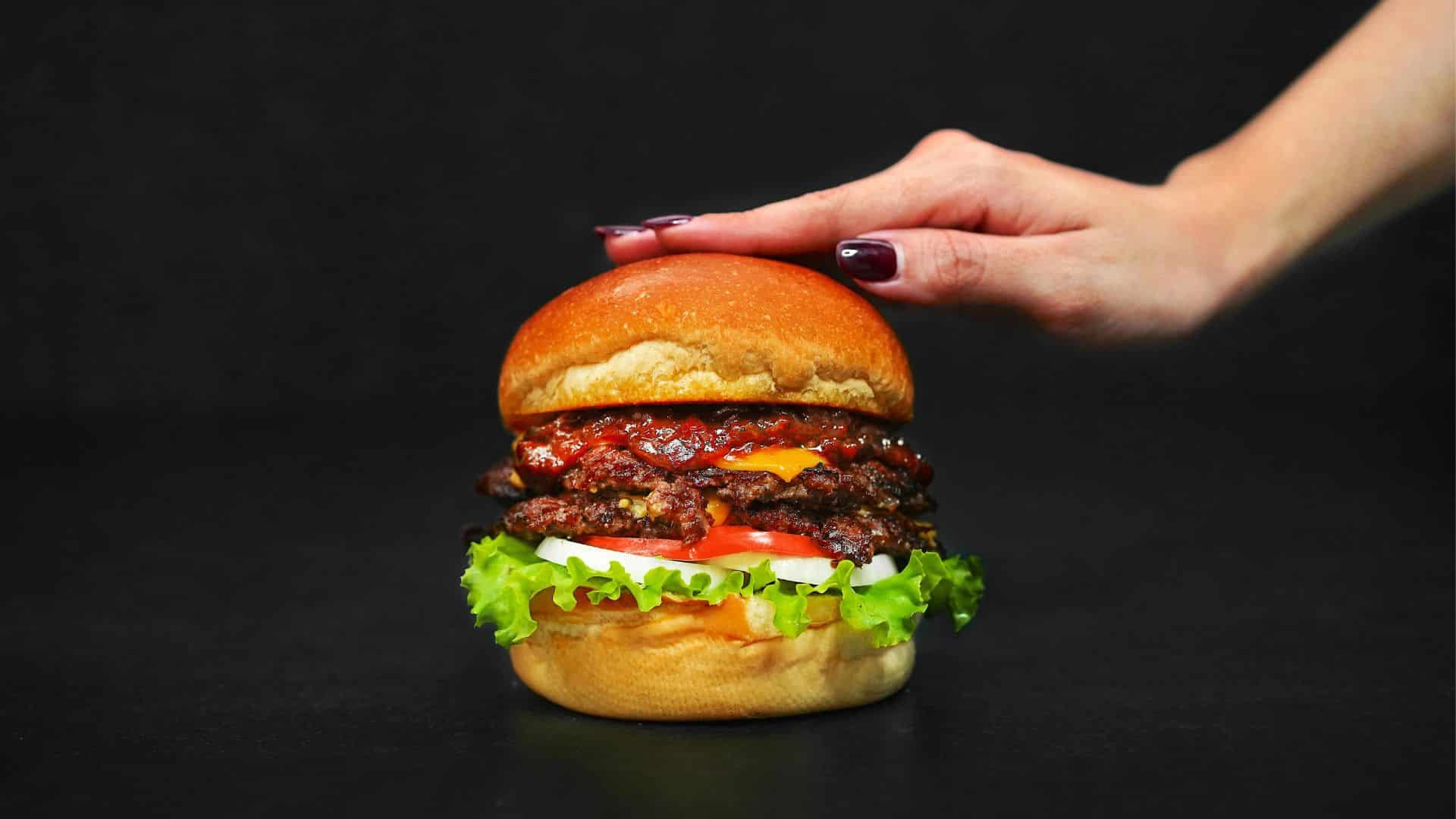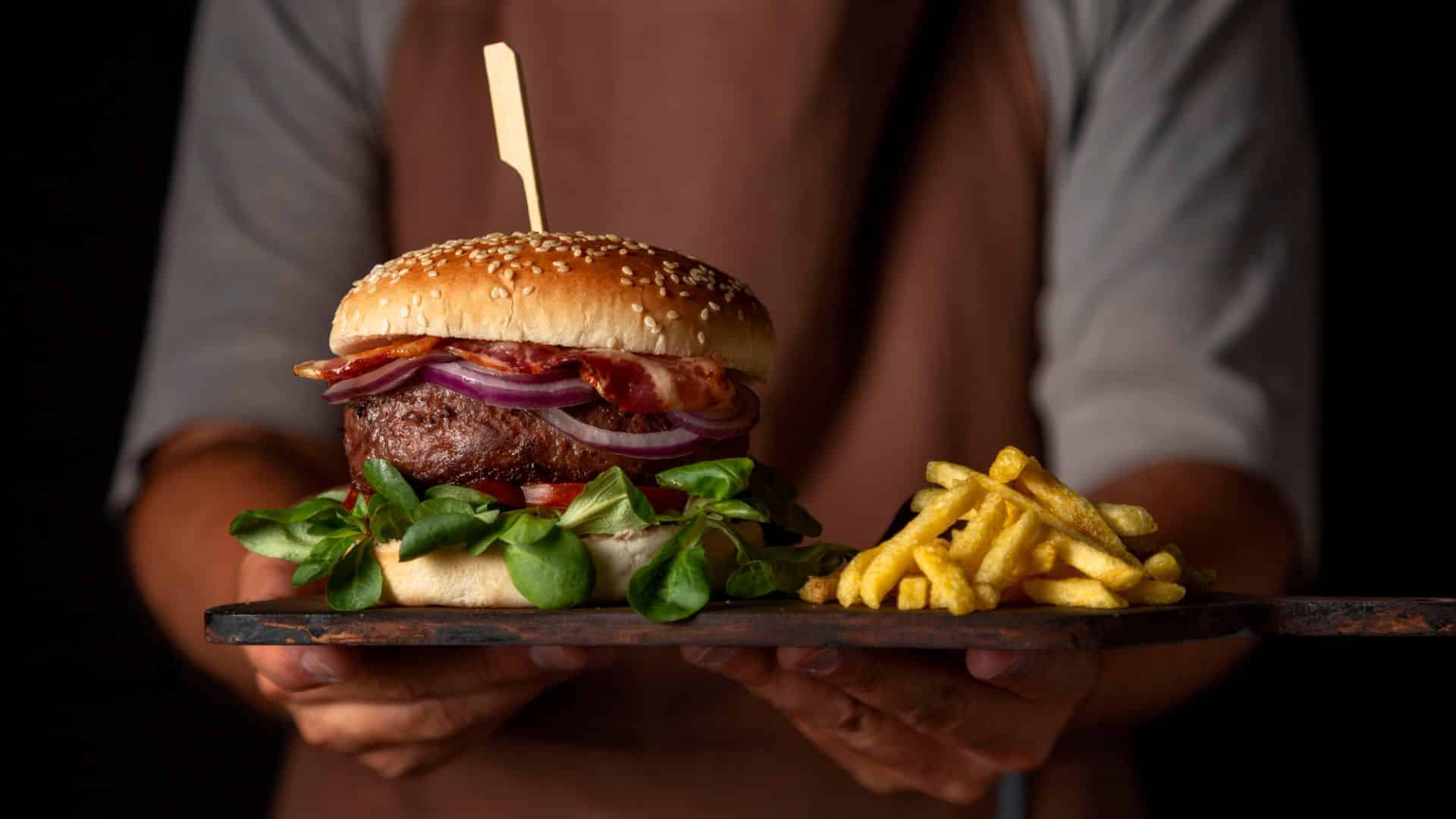
For decades, fast food was the go-to option for a quick and inexpensive meal. Today, however, customers are rethinking whether grabbing a combo at the drive-through is still worth it. Rising prices, inflation, and shifting consumer habits are reshaping how the industry operates. Let’s explore what’s behind these changes and how chains like McDonald’s and Wendy’s are responding.
Declining Sales in Breakfast Hours

Once considered a reliable traffic driver, breakfast sales at fast-food chains have slipped. With more people preparing food at home and fewer commuting daily, this early-day revenue stream has lost momentum. Executives at McDonald’s and Wendy’s have openly acknowledged the slump, noting that breakfast is often the easiest meal for families to cut back on.
Inflation and the Value Equation

Analysts argue that fast food no longer feels like a “cheap fix.” What was once an affordable treat has turned into a comparatively pricey purchase. Families, in particular, feel the strain when a quick meal out costs far more than it used to. Inflation has thrown off the balance between price and perceived value, causing many to reconsider frequent visits.
Price Adjustments and Promotions

To counter slowing traffic, chains are rolling out new promotions. McDonald’s recently introduced Extra Value Meals priced at $5, hoping to draw back price-sensitive customers. Other brands, like Pizza Hut, have tested short-term deals that proved highly popular, even extending them due to demand. Still, the long-term effectiveness of such tactics remains uncertain.
Franchise Dynamics and Decision Making

Most McDonald’s locations are operated by franchise owners, who ultimately determine pricing in their restaurants. While the company suggests national campaigns and sometimes provides financial support, franchisees weigh in on final decisions. This structure means that responses to inflation can vary depending on the operator, adding complexity to price adjustments.
Why Costs Keep Rising

The pandemic reshaped cost structures across the industry. Higher wages, supply chain disruptions, and increased rent on new locations all pushed expenses upward. For McDonald’s, menu prices rose nearly 40% between 2019 and 2023, a dramatic increase compared to the usual small yearly adjustments. Competitors like Chipotle followed similar patterns, passing costs directly to consumers.
The Struggle for Perceived Value

As quick-service prices climb, casual dining, traditionally more expensive, has become relatively competitive. Restaurants offering sit-down meals have raised prices less aggressively, making them seem like a better value in comparison. This shift has fueled the perception that fast food isn’t always the most cost-effective choice anymore.
Shifting Consumer Behavior

Another factor shaping demand is how people now approach eating habits. Many consumers, especially younger ones, are more health-conscious, seeking fresher alternatives or simply eating at home to save money. Combined with financial pressure, this shift makes it harder for fast-food chains to rely solely on convenience as a selling point.
Targeting Price-Sensitive Consumers

McDonald’s executives admit that re-engaging low-income customers is a priority. These consumers historically visited more often but are now cutting back at higher rates. While price cuts aim to ease concerns across all demographics, families and lower-income diners stand to benefit most from meal deals and promotions.
The Role of Innovation

Experts suggest that discounts alone won’t solve the industry’s challenges. Menu innovation, introducing new flavors, formats, and limited-time items,can help spark interest. Chains that combine creative offerings with competitive pricing stand a better chance of winning back traffic. Pizza deals from Domino’s, for example, continue to resonate because they deliver real, noticeable value for families.
